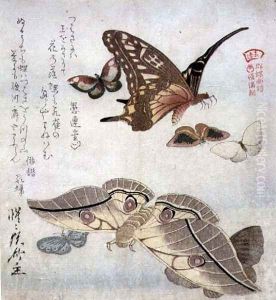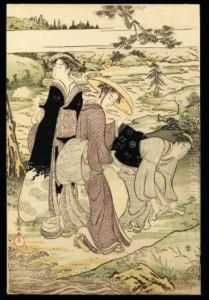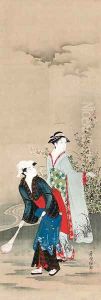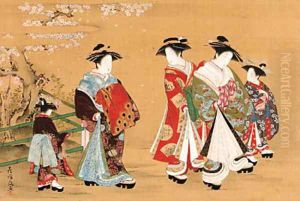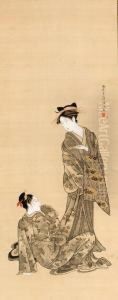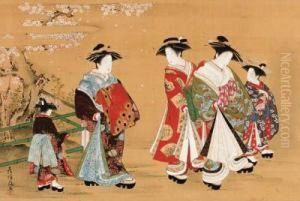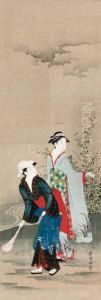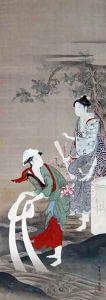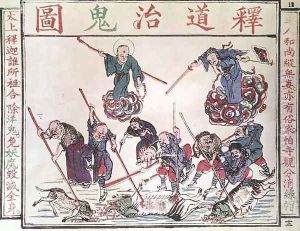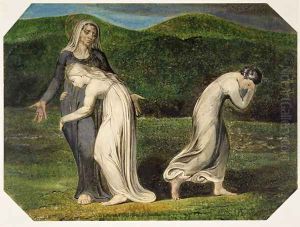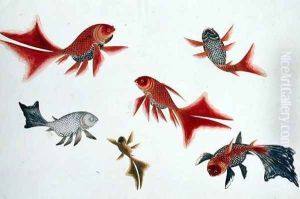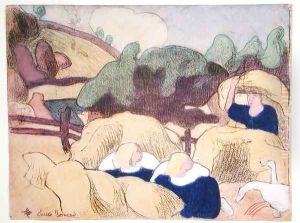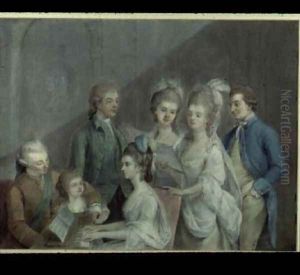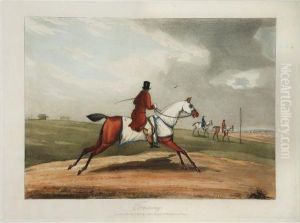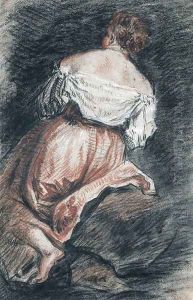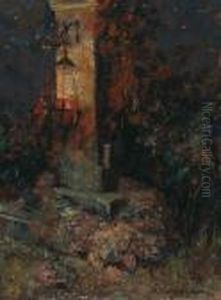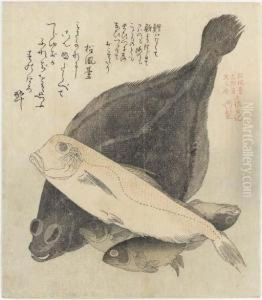





Flounder And Four Fish, From The Series Shofudai Hisakatayabumbunsha Tosa Nikki (the Tosa Diary For Shofudai, Hisakataya Andbumbunsha)
-
About Reproduction
Discover the allure of art with our faithful reproduction of "Flounder And Four Fish, From The Series Shofudai Hisakatayabumbunsha Tosa Nikki (the Tosa Diary For Shofudai, Hisakataya Andbumbunsha)", originally brought to life by the talented Kubo Shunman. Unlike posters or prints, our hand-painted oil painting breathes an unique sense of depth and texture into your space. Every detail, every stroke, and every texture is meticulously recreated, paying the perfect homage to Kubo Shunman and his artistic vision.
Owning this piece is more than just decoration - it's a statement of your refined taste in art. Let the vibrant colors and intricate details of this replica serve as a daily reminder of the beauty in our world. Elevate your decor and appreciate the richness of art with our replica of this masterpiece.
-
Painting Description
"Flounder and Four Fish, from the series Shofudai Hisakatayabumbunsha Tosa Nikki (The Tosa Diary for Shofudai, Hisakataya and Bumbunsha)" is a Japanese woodblock print created by Kubo Shunman (1757–1820), an ukiyo-e artist and poet known for his bijinga (pictures of beautiful women) and kachō-e (bird-and-flower pictures). This particular print is part of a series that illustrates scenes from the Tosa Diary (Tosa Nikki), a classic Heian period (794–1185) work attributed to the poet Ki no Tsurayuki. The Tosa Diary is a fictional travel diary written in the voice of a woman and is considered one of the earliest examples of Japanese literature in kana script.
Kubo Shunman's series takes inspiration from the Tosa Diary's narrative, which recounts the return journey from Tosa Province, where Tsurayuki had been a governor, to Kyoto. The prints in the series are notable for their combination of text and image, with each print featuring excerpts from the diary alongside visual interpretations of the scenes described.
In "Flounder and Four Fish," Shunman showcases his skill in depicting the natural world with a composition that focuses on the aquatic theme. The print likely portrays a scene from the diary where the travelers catch or consume fish, a common occurrence during their coastal journey. The artwork is characterized by delicate lines and a keen attention to detail, which is emblematic of Shunman's style and the ukiyo-e genre as a whole.
As a piece of the Edo period (1603–1868) ukiyo-e tradition, "Flounder and Four Fish" reflects the cultural and artistic practices of the time, where literature and visual arts often intersected. The series to which this print belongs would have appealed to the literate and culturally savvy urban population of Edo (modern-day Tokyo), who were the primary consumers of such prints.
Kubo Shunman's work remains significant for its artistic merit and as a historical document that offers insight into the interplay between Japanese literature and visual art during the Edo period. "Flounder and Four Fish" is not only a testament to Shunman's craftsmanship but also serves as a visual companion to one of Japan's most cherished literary works.
-
Lead Time & Shipping
When you order this oil painting replica, it typically takes 2-3 weeks to paint. If the artwork is more complex, it might need a little more time to ensure the best quality. Once it's ready, we'll send you a photo for your approval. After you give the green light, we'll ship it to you for free.
-
Return & Refund
We believe in the quality of our hand-painted oil painting reproductions, and your satisfaction is our priority. If for any reason, you are not completely satisfied with your purchase, we offer a 45-day return policy. You can return your artwork within 45 days of receipt and receive a full refund. Please note that the artwork must be returned in the original packaging and in the same condition as it was received.





